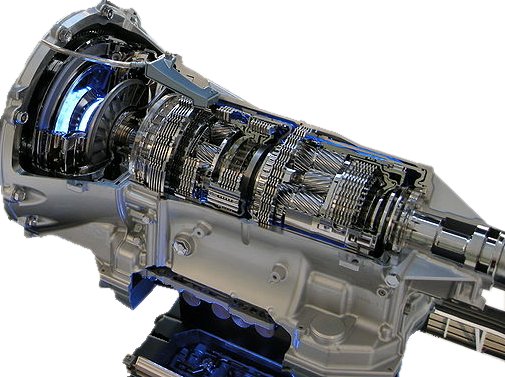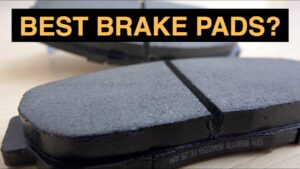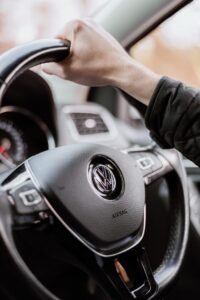Have you ever wondered why is my transmission clunk when slowing down the car? The transmission problem is one of the common triggers for major auto repairs. Your transmission is necessary in order for your car to operate correctly, and if you start to hear it make a clunking noise, you have good reason to become concerned. There are a few reasons why your transmission may make clunking noises. You need to determine the reason behind this issue which might save your time and money.
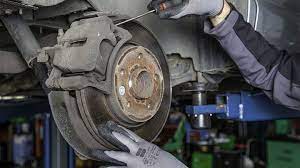
A clunking sound occurs when your vehicle slows down significantly, often sustained over a period of time. This may be due to an irregular tire condition or a mechanical problem developing with the suspension or other components of the vehicle. In this article, we’ll discuss some issues behind this problem in detail. Let’s get started.
Table of Contents
Reasons Behind Transmission Clunk When Slowing Down The Car?
Here are some common issues when a car’s transmission makes clunking noises. In short clunking noise when driving slow is usually caused by worn-out suspension components such as control arm bushes, wheel bearings, shocks, or a faulty steering stabilizer.
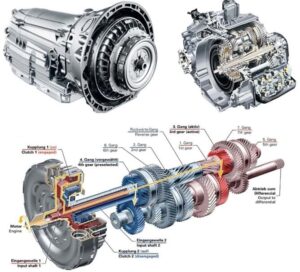
1. Low Or Old Transmission Fluid:-
Transmission fluid is needed to provide sufficient lubrication, in order to allow the process of shifting gears to occur smoothly. When the fluid level is too low or the fluid is too old, proper cooling and lubrication become difficult. Check the level of the fluid and its appearance to figure out whether this could be the problem. The fluid should be translucent and red or dark pink in color. If it is instead cloudy, black, or brown, the fluid may have been contaminated or it is old or burned.

2. Worn Out Control Arm Bushes:-
Control arm bushes keep the control arm in position. Over time, these bushes can wear out and cause the control arm to become loose, making a clunking sound when driving slow and when going over bumpy roads with speed bumps and uneven surfaces.
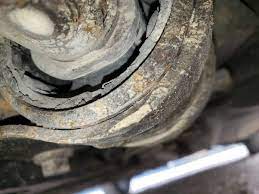
3. Loose Wheel Nuts:-
When your wheel nuts are loose, your wheel is going to move around as you drive, which produces a transmission clunk when slowing down. To fix this problem, tighten all of your wheel nuts and make sure that they are not over-tightened to avoid issues with tire wear and damage to the wheel hub.
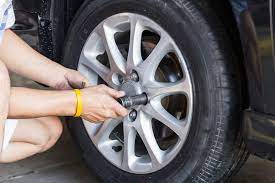
4. Worn Out Wheel Bearings:
Worn-out wheel bearings can make a rattling or clunking noise during slow driving. You can address this problem by replacing the worn-out ball bearings with new ones. Wheel bearings are responsible for ensuring the vehicle tires rotate smoothly with less fraction over bumps and uneven surfaces, and when they are worn out, your tires will not be able to rotate properly and you may hear a clunking sound when driving slow.
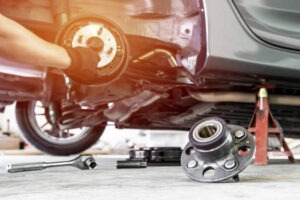
5. Faulty Steering Stabilizer:-
Steering stabilizers are responsible for ensuring that your steering wheel and steering arm do not break during hard acceleration or braking. When the steering stabilizer is worn out, your vehicle may make a clunking noise when you slow down. You can replace the worn-out stabilizer with a new one using DIY replacement parts such as generic auto parts.

6. Failing Endlinks:-
Endlinks connect a sway bar to the suspension system. Clunking noise may occur when one fails and makes contact with other parts of the suspension system.
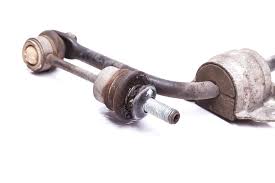
7. Damaged Ball Joints:-
Ball joints are the joints that connect your wheel to the steering system. When they are worn out, they get loose, making a transmission clunk when slowing down the car. If you hear this noise, you should replace them with new parts.
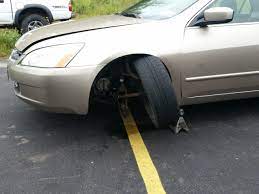
Is It Safe To Drive With The Clunking Noise In Your Car?
Although you can drive moderately with a clunking noise it is not recommended that you do it for long periods of time. Drive moderately and visit a mechanic or auto parts store near you to have the problem identified and fixed as soon as possible.
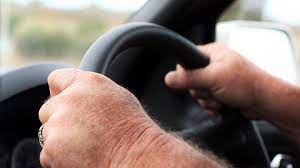
How Do You Fix A Clunking Noise?
If your clunking noise is caused by worn-out suspension components, you can fix it by replacing them with new parts, such as control arm bushes, ball joints, endlinks, and shocks. Use quality auto parts and replace the old ones with new ones to ensure that the problem does not come back again, if you are handy then you can watch a few tutorials like the one below and try to do it yourself, however, it is always recommended that you visit a mechanic or auto parts store to have the job done as soon as possible to prevent further damage that may occur if you continue driving with the clunking noise.
Conclusion:-
We hope the above-mentioned information about the transmission clunk when slowing down the car will be helpful to all the readers. If anybody’s doubts persist feel free to comment in the comment section below. We’ll try to solve your doubts as soon as possible.
